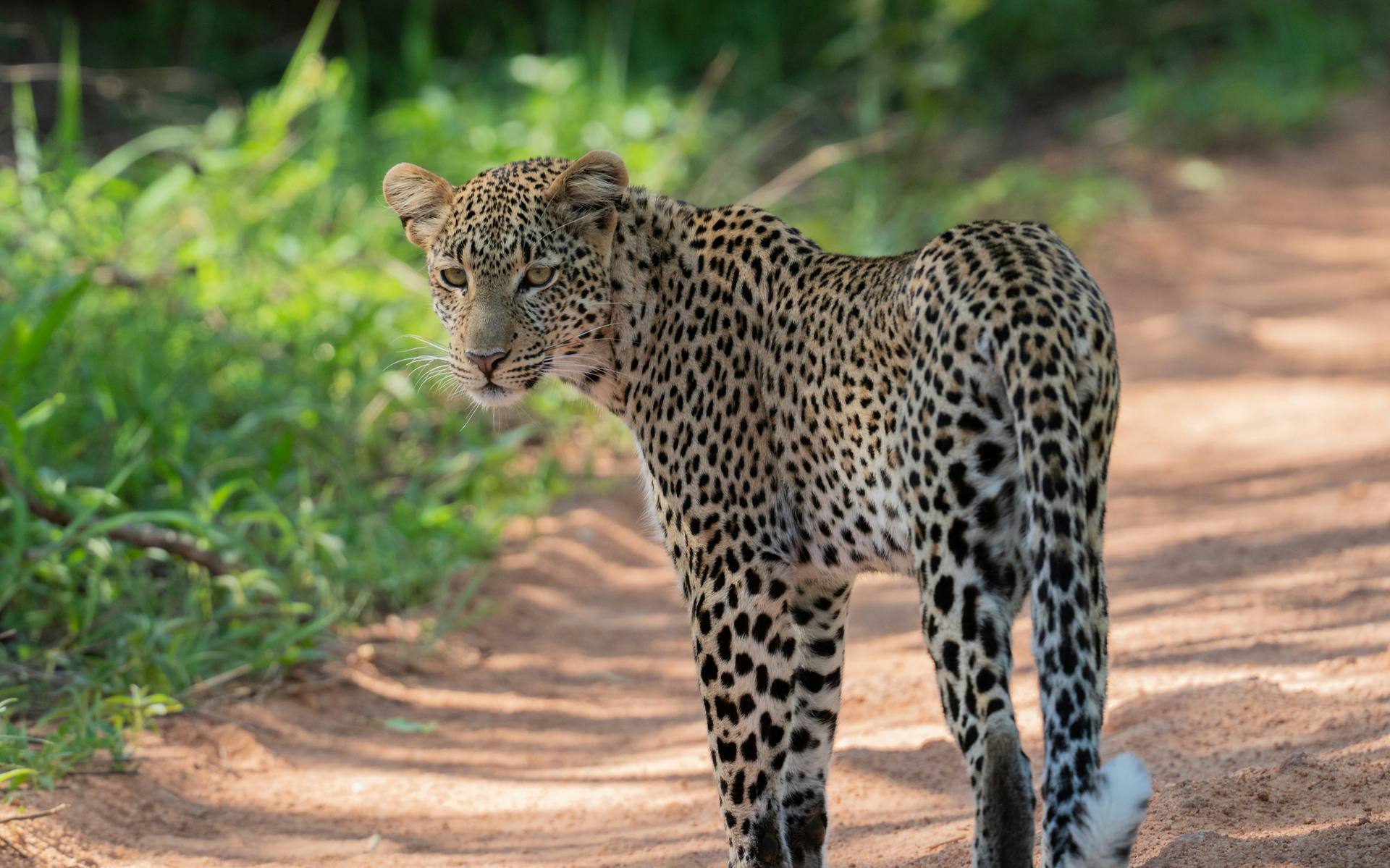
Tanzania Destination Guide
Ruaha National Park
A Paradise for Predators

Tanzania Destination Guide
A Paradise for Predators
20,226 km² (7,809 mi²)
1964 (National Park) | 2008 (Expanded)
June to November
Tucked away from the usual tourist routes, Ruaha National Park is Tanzania’s largest and among its most remote. Here, you’ll find a remarkable predator population—from iconic lions to elusive wild dogs—roaming across vast savannahs. Ruaha’s sheer expanse rewards those seeking secluded wilderness experiences, high-quality wildlife sightings, and an escape from busier safari hotspots.
If you crave solitude, extraordinary game viewing, and have the flexibility for small-plane flights or rugged overland journeys, Ruaha promises an unrivaled safari adventure.
Sprawling over 20,226 km², Ruaha offers an ever-changing mosaic of landscapes: open plains, winding hills, wetlands, and crucial river systems. At its heart is the Great Ruaha River, a lifeline that draws grazers like roan antelopes, giraffes, and large elephant families, all under the watchful eyes of predators such as lions, leopards, cheetahs, and spotted hyenas.
Strategically located in a transition zone between Eastern and Southern African biomes, Ruaha fosters an incredible blend of flora and fauna, including ~1,650 plant species and over 500 recorded bird species. This unique ecological overlap results in a dynamic range of wildlife scarcely matched elsewhere in East Africa.
Ruaha’s ecosystems span from baobab-studded savannahs and Miombo woodlands to riverine forests along the Great Ruaha. During the dry season (June–November), parched conditions funnel animals toward the river, intensifying the excitement of each game drive. Elephants can gather in herds of 100 or more, while big cats lurk in nearby grasslands. With a rich tapestry of habitats, Ruaha is a paradise for photographers and nature lovers wanting to see wildlife without the crowds.
Daytime Game Drives: Traverse Ruaha’s remote tracks, often without another vehicle in sight. Encounter regal lions and enormous elephant herds framed by striking baobabs.
Walking Safaris: Venture on foot with an experienced ranger, discovering lesser-seen creatures and medicinal plants while immersing yourself in the raw bush atmosphere.
Hot Air Balloon Rides: Take flight at sunrise for sweeping views of Ruaha’s dramatic landscapes. Watch as wildlife stirs below, capturing unforgettable aerial photos.
Bird Watching: With over 500 bird species, Ruaha is a treat for birders. Kingfishers, hornbills, and raptors are among the many avian wonders to spot.
The dry season (June–November) is prime time in Ruaha. Reduced water sources guide animals to the Great Ruaha River, leading to intense predator–prey interactions. Expect sunny, warm days and cool evenings. Alternatively, the green season (December–May) brings lush foliage, new birdlife, and fewer visitors, though some lodges may close and roads can be trickier.
June–November
Optimal game viewing along the river
December–May
Fewer tourists & excellent birding
If you desire big cat action, massive elephant herds, and a sense of true wilderness, Ruaha delivers it all. Far from the typical tourist circuits, the park rewards travelers with an authentic and often exclusive safari. From capturing electrifying predator dynamics to marveling at Africa’s largest elephants, Ruaha stands as a crown jewel for safari aficionados seeking more than just the ordinary.
Ruaha National Park lies in central-southern Tanzania. Many visitors choose small-plane flights from Dar es Salaam, Arusha, or Zanzibar, landing at bush airstrips for direct park access. Overland travel is possible but involves long drives on rough roads—an adventure in itself.
Inside Ruaha, a selection of lodges and tented camps cater to small groups, providing intimate safaris, hearty meals, and expert guides. Whether you prefer a rustic bush camp or a luxury riverbank lodge, you’ll be immersed in Ruaha’s raw beauty from sunrise to starlit nights.